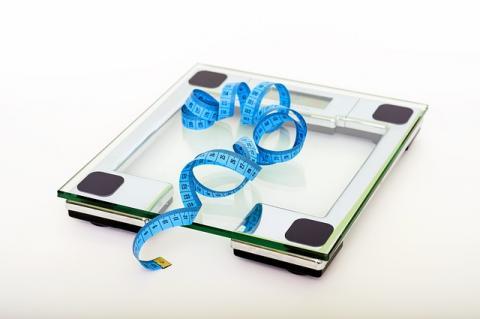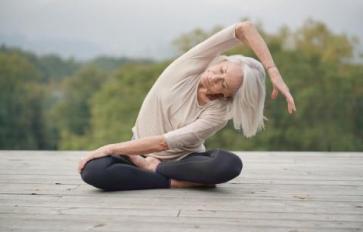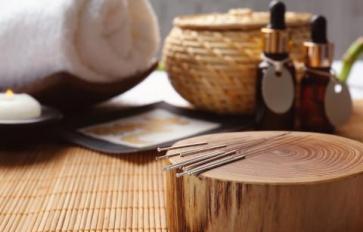
Staying fit seems to have always been a national obsession. We will eat, drink, buy and try almost anything and everything to be slender. Today, we have gotten a better grasp of what is healthy for us thanks to scientific studies, and trial and error, but what were people doing to become slim 50 to 100 years ago? You’d be surprised.
1920s: The 1920s were all about the new concept of reducing, also known as slenderizing, to achieve the newest ideal: the slender, curve-free flapper body. It involved counting calories for the first time, and faddish items like reducing soaps became the latest gimmick. Probably the worst of these ploys was Lucky Strike’s advertisement suggesting smoking was a smart dieting option. Exercise, which was only for the wealthy or famous, consisted of stretches, and dance marathons were all the rage. Early fitness equipment included vibrating belts, exercise bikes and wooden treadmills.
1930s: In the ‘30s, the Womens League of Health and Beauty was established, introducing the notion of group exercising, and making exercise affordable for the masses. Miniature golf became a beloved pastime. Jack Lalanne arrived on the fitness scene in 1936, opening the first health club, the Jack Lalanne Health Spa, with machines he invented, including the first leg extension machine. Diet crazes of this decade included The Hollywood Diet, a.k.a. the grapefruit diet, the Hay Diet, and the banana and skim milk diet.
1940s: While the 1920s were all about zero curves, the 1940s ushered in a curvier aesthetic. Outside the fitness women gained from taking on WWII labor, glamour exercises were the trend. Unfortunately, they were more about glamour and less about exercise. This probably had to do with the fact that women were told not to exercise too vigorously because it would damage their reproductive organs. They were allowed to use ridiculous contraptions, however.. The Master Cleanse Diet saw its inception in this decade, alongside fads like Bile Beans, and the obvious rationing due to the war.
1950s: Fitness in the ‘50s was focused on fun, as evidenced by the popularity of Hula Hoops and the Bongo Board. Jack Lalanne debuted his TV show in 1951, allowing people to exercise in the comfort of their own home. In addition to the exercise offered by Lalanne, housewives did three hours of housework a day, not including all the walking they did to shops, schools and more. The latest diet craze included the Cabbage Soup Diet and the Tapeworm Diet, and the amphetamines prescribed to housewives to give them some added pep also contributed to weight loss.
1960s: In the ‘60s womens fitness centers, known as figure salons were the new place to work out. Weight Watchers was introduced to the world. Less effective diets included the concept of praying yourself thin and The Drinking Man’s Diet. Machines like vibrating belts were still being used, along with the Trim Twist, and silly rolling machines meant to roll fat off parts of the body,








